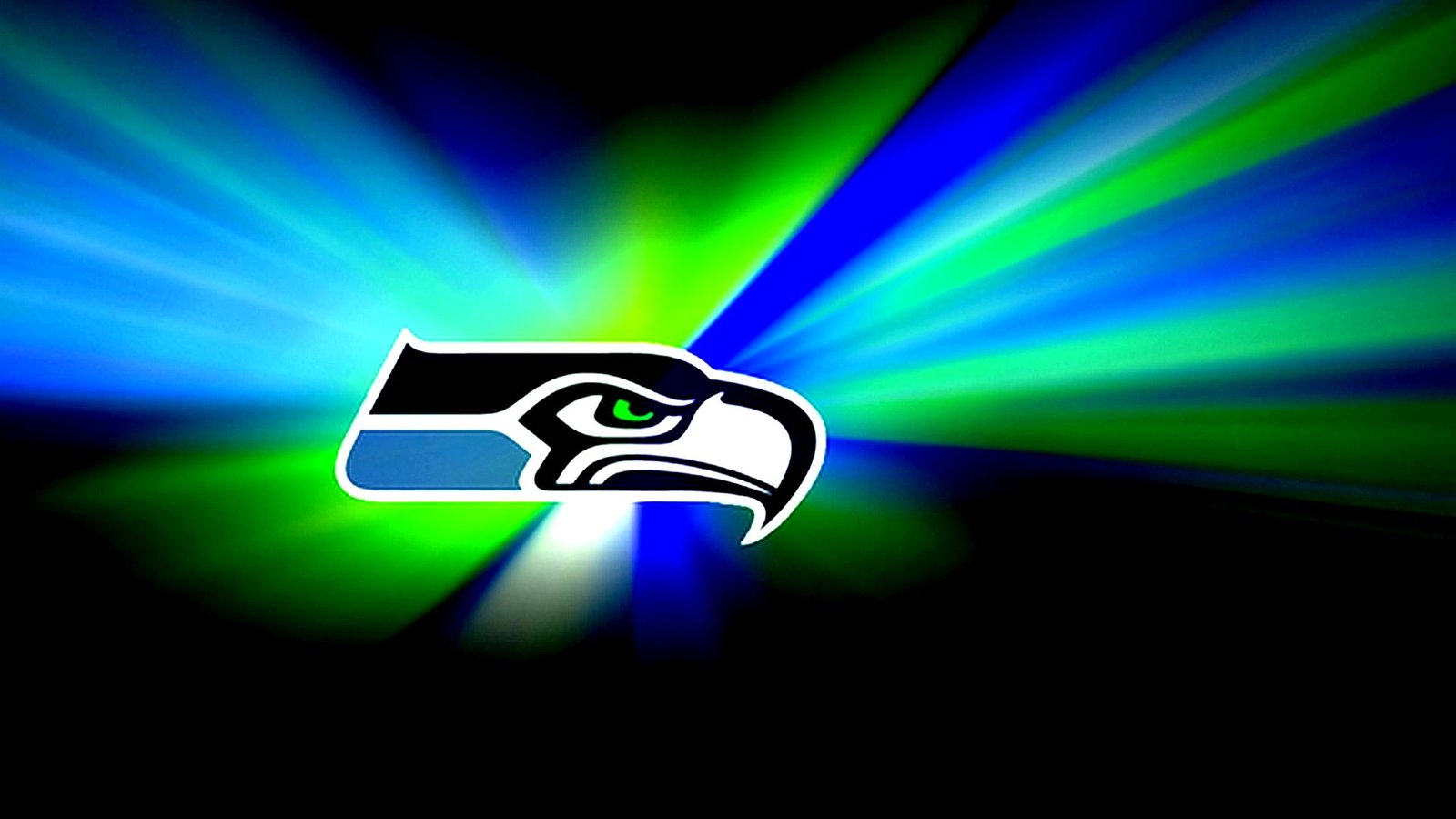The 2025 NFL Draft was a resounding success for the Seattle Seahawks—at least on the surface. For the first time in recent memory, there wasn’t a single pick that left fans or analysts scratching their heads. No obscure names, no baffling reaches, and certainly no draft day panic. It was clean, calculated, and compelling.
Seattle went into the draft with one glaring need: interior offensive line help. They plugged that hole perfectly with their first-round pick, selecting Grey Zabel, one of the most polished and pro-ready interior linemen available. Zabel’s combination of strength, agility, and football IQ instantly gives the Seahawks a foundational piece up front.
But they didn’t stop there. In the second round, Seattle made a bold move, trading up to snag Nick Emmanwori—a safety with rare instincts, freakish athleticism, and a nose for the football. His college tape is electric, and his testing numbers are even more jaw-dropping. He might be the most athletic safety ever drafted, a potential future star in the Legion of Boom 2.0.
In the later rounds, the Seahawks kept building. They landed tight end Elijah Arroyo, a smooth route-runner with reliable hands and high upside as Noah Fant’s eventual replacement. They also swung on quarterback Jalen Milroe, a true boom-or-bust prospect who could become a developmental gem under the right coaching.
As the dust settled, the early consensus was clear: Seattle had crushed the draft. Experts from across the league gave the Seahawks high grades, with some even calling this the best draft class of the year. But as with all things NFL, nothing is ever truly perfect. Beneath the hype, a single thread runs through nearly every pick—and it should give fans a moment of pause.
Injuries. Not just one or two players, but nearly the entire class carries a history of significant medical red flags. And if there’s one thing Seahawks fans know all too well, it’s how much those red flags can turn into flashing warning lights in the regular season. Seattle has taken gambles on injured players before—and often, they’ve lost.
Take Elijah Arroyo. The Miami tight end looked like a star early in college, but a torn ACL in 2022 derailed his momentum. He played in only four games the next season due to lingering knee issues, and although he made it through 2024, he re-aggravated the injury during the Senior Bowl. That’s a troubling trend for a player who relies heavily on mobility.
Defensive tackle Rylie Mills is another cautionary tale. By pure talent, he was a top-50 prospect. But a torn ACL during the College Football Playoff knocked him down the board. He’s reportedly recovering ahead of schedule, but his draft slide speaks volumes about how the NFL views injury risk, especially for trench players.
Even wide receiver Tory Horton, who flashed big-play ability at Colorado State, brings medical baggage. A mysterious knee injury sidelined him for most of the 2024 season. Though he turned heads with a 4.41-second 40-yard dash at the combine, the lack of clarity around his injury leaves lingering concerns for a player whose job is cutting, planting, and exploding off the line.
And the trend doesn’t stop there. Running back Damien Martinez suffered a serious arm injury in the Pop-Tarts Bowl. Wide receiver Ricky White III, another late-round selection, battled through nagging injuries that affected his production. For a team trying to build sustained momentum, these risks could easily pile up.
This draft class could be a turning point—or a ticking time bomb. On one hand, the Seahawks may have masterfully exploited the market, scooping up elite talents at discounted prices due to medical concerns. On the other hand, if these players can’t stay on the field, the front office may once again be haunted by what could have been.
One thing’s for sure: this draft has the potential to define the next five years of Seahawks football. If Seattle’s medical staff and player development team can keep this group healthy, they may have pulled off one of the greatest drafts in franchise history. But if the injuries persist, this class may go down as yet another stormy chapter in the team’s turbulent post-Russell Wilson era.
